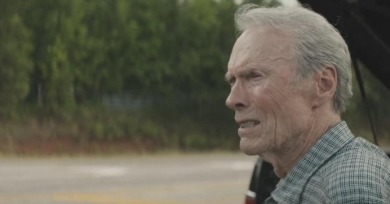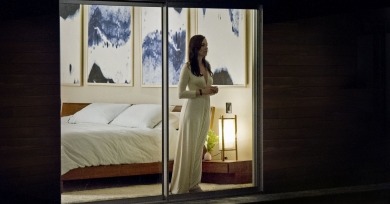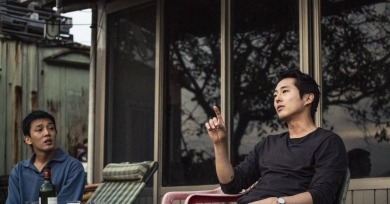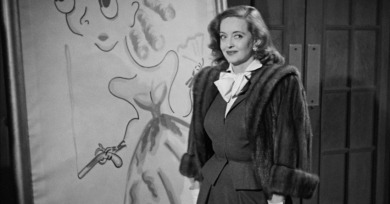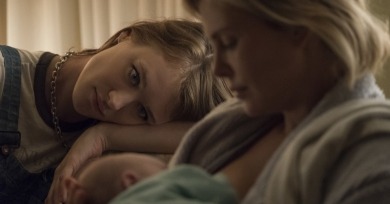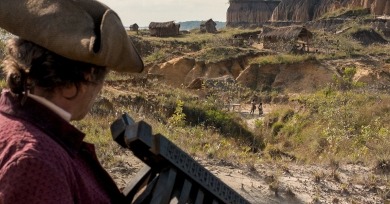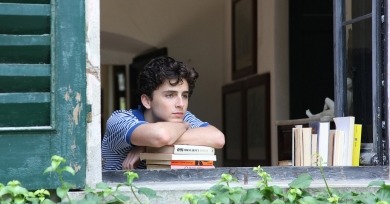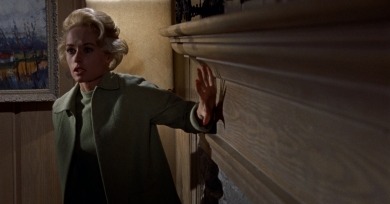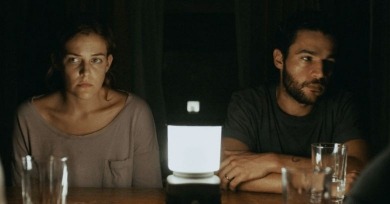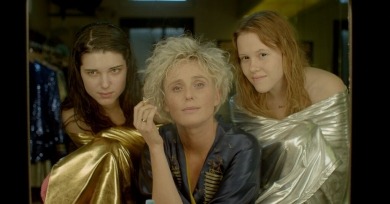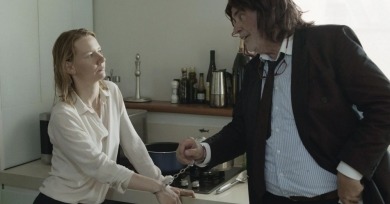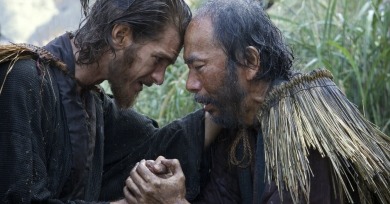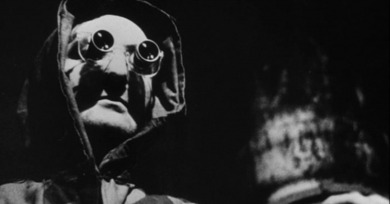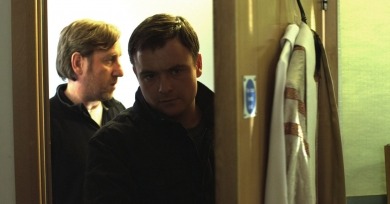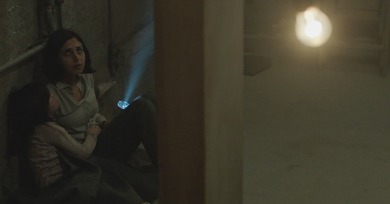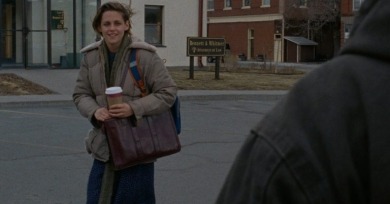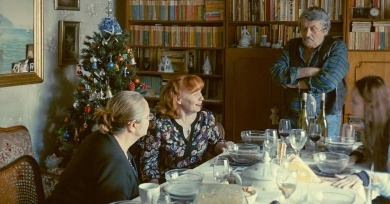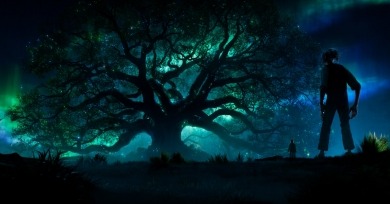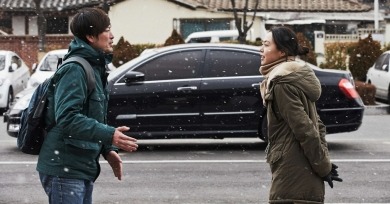Adam Nayman
I have never really registered the supposed mastery of the post-Unforgiven Eastwood movies, and found The Mule alternately flat and slapdash, more carefully shaped conceptually than on the level of composition or editing.
A Few Great Pumpkins
The Invitation, The Ghost Train, The Little Girl Who Lives Down the Lane, The Creature from the Black Lagoon, A Scary Time, Messiah of Evil, Panna a netvor
I think that on the surface, the story follows the small mysteries of everyday life. But it doesn’t stop there; it goes beyond that and expands to deal with some bigger mysteries about the world we live in.
The super-fan has progressed to secretary, then understudy, then professional and romantic usurper. Six years before Invasion of the Body Snatchers, All About Eve tapped a rich vein of existential panic tied to the theme of replication and replaceability.
Even the most resourceful, imaginative filmmaker would be hard-pressed to redeem the screenplay, specifically the lengths to which Cody goes to disguise the true nature of the story, and also the underlying reasons for the charade, which are unconvincing and in bad faith.
If one of the principal powers and pleasures of cinema is its ability to momentarily suspend thoughts or cares about what lies outside the frame, then Zama can be taken an object lesson in manipulation. Every strenuously controlled moment and movement constitutes an irresistible entreaty to simply go blank and watch.
Guadagnino and screenwriter James Ivory have produced a film that simultaneously analyzes and dramatizes issues of sexuality, religious identity, and, once again, privilege and yet without straining against its clearly marked narrative boundaries.
A Few Great Pumpkins
The Birds, Lake Mungo, Diabolique, Dead Ringers, Island of Lost Souls, The Texas Chainsaw Massacre, Martin
Amirpour seems to have placed herself in a cozily indulgent trance, mesmerized by the possibilities of deluxe, corporately subsidized cult filmmaking.
The juxtaposition of different kinds of interiority, of a living space and a headspace being simultaneously invaded, is sophisticated and clever. It is also not quite enough to offset the accumulation of cliches that Shults uses to shape his story, which is little more than pretense for shows of stylistic force.
The opening scene of The Lure cleverly reverses the age-old relationship between sirens and their prey. It hints that it is the fishtailed siblings who are being musically mesmerized, rather than the other way around.
The ability of director Maren Ade to wring, in precise order and proportion, moments of amazement, humiliation, fear, guilt, longing, acceptance, and, above all, catharsis, out of the material in the final stretch verges on authentic genius.
The padre and the psychopath are figures situated at either end of his career, but as they gaze at their reflections, they also mirror one another: one can find within these two very different films the parallel plights of men in the midst of desperate introspection.
A Few Great Pumpkins
La Jetée, I Walked with a Zombie, Creepy, Jacob's Ladder, Young Sherlock Holmes, Vampyr, The Pit and the Pendulum
Just as Jay takes his place as the figurehead of a pagan cult, so too did Kill List crown Wheatley as the king of UK horror movies when it was released theatrically, a speedy ascension to a throne that had sat vacant since the 1970s.
Probably the most impressive thing about Under the Shadow is how it manages to integrate the social and political realities of its chosen time and place into the demands of a genre narrative.
Her ability to wrangle A-list talent for her B-minus budgeted productions, is a testament to talent, self-determination, and judicious sense of adaptability—all of which could be descriptors of the people we see onscreen in Certain Women.
The tension in Sieranevada is between the various lies told and recalled by its characters and the relentless objectivity of its camera, which swoops, pans, hovers, lurks, sulks, and retreats in sync with its subjects but, crucially, does not embellish.
At his best, Spielberg expresses ideas through action, as he did in parts of the motion-capture animation The Adventures of Tintin. The BFG is mostly logy and prosaic, especially when it gets into its speech-heavy final scenes, which recall not the high-points of its maker’s career, but the soggy sentimentality of Hook.
As the writer-director of seventeen feature films in nineteen years (a Fassbinderian pace), whose work has been screened on multiple continents in the context of film festivals, Hong surely recognizes the ritual nature/torture of the filmmaker Q&A.
